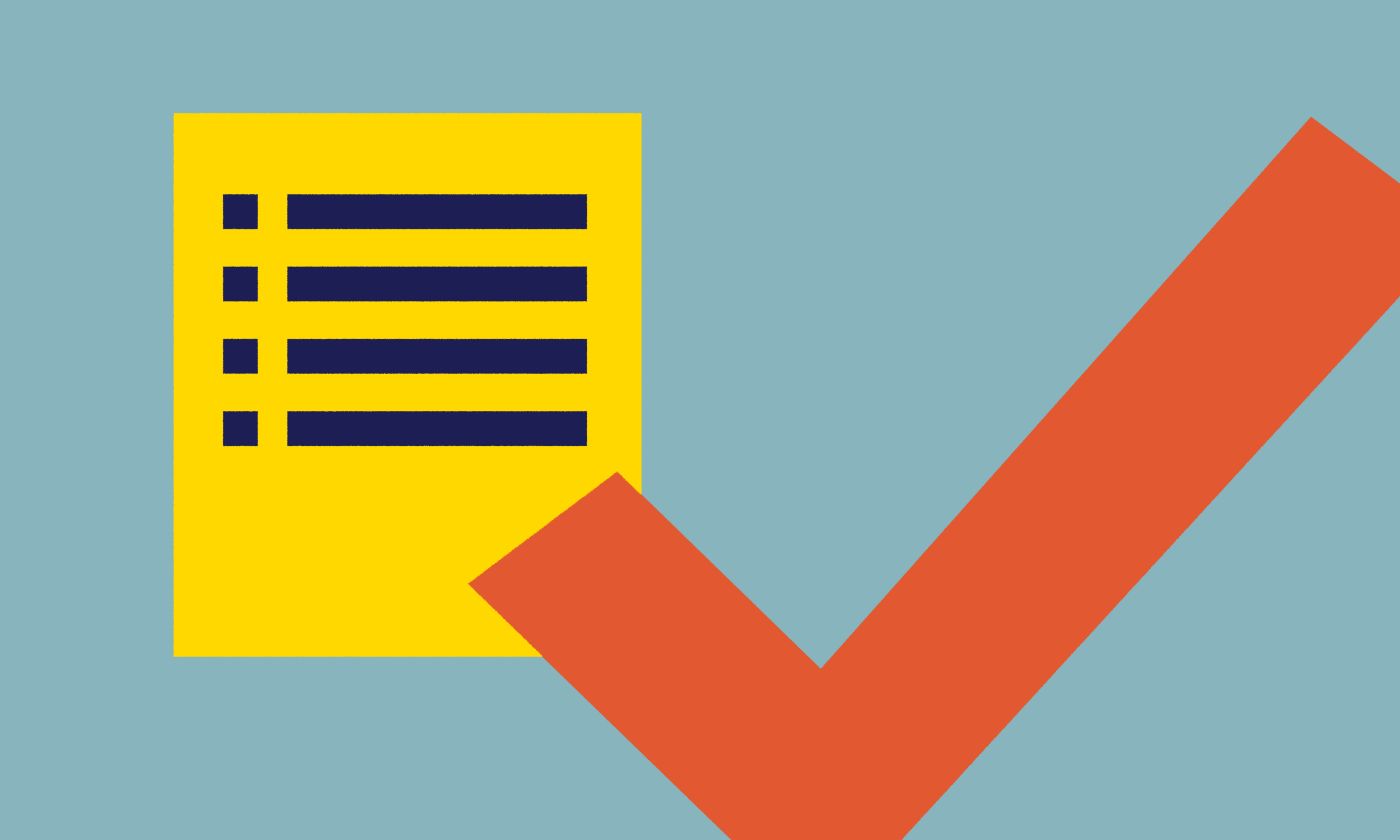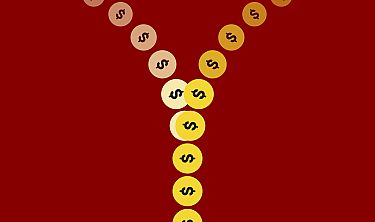Entrepreneurial professionals have plenty of reasons to strike out on their own and embrace the freedom that comes with being one’s own boss.
Easier tax prep is not one of them.
Sure, independent professionals qualify for a slew of business deductions not available to traditional employees doing substantially similar work. And the Tax Cuts and Jobs Act of 2017’s 20% pass-through deduction is very kind to Indys who house their business activities in formal pass-through entities.
But there’s no way around it. For the typical independent professional, tax time is a slog — doubly so for those brave souls who prepare their own taxes without help from a professional accountant (though we've got some helpful tips for finding a great one).
Good news: help is out there, even for Indys going the DIY tax prep route. No matter what you do for a living, you can use most or all of these apps and aids to track and manage expenses (and potential deductions) throughout the tax year — and quickly transfer collected data to your tax return, where it’ll actually do some good.
Your Online Brokerage Account
No matter what the market does, your online brokerage account could wind up being your single most lucrative tax time aid. Here’s how: when you set up a tax-deferred retirement account or qualified retirement plan for your small business, you set yourself up to claim thousands in tax-deductible account contributions — even if you’re your business entity’s sole employee.
Depending on the account type and your business income, you may be eligible to deduct two distinct types of contributions: employee deferrals (deferred compensation) and profit-sharing contributions. Some Indys choose to set up an employer match that ties the latter to the former.
Solo 401(k) plans are particularly generous. For the 2018 tax year, the IRS permits tax-deductible employee deferrals up to $18,500 and contributions from all sources (including profit-sharing contributions) up to $55,000, though single-member owner-operators must make a special calculation that may reduce profit-sharing eligibility.
Mileage and Travel Tracking Apps
If you regularly travel for business, don’t leave home without a mileage or trip-tracking app. Subject to IRS limits, you can generally deduct business-related vehicle mileage driven in a person vehicle used for business purposes at the federal reimbursement rate: $0.545 per mile in 2018, and $0.58 per mile in 2019.
You may be eligible to deduct rental vehicle mileage at a much lower rate, as well. Unfortunately, your daily drive into the office isn’t deductible — the IRS forbids deduction of commuting mileage.
These two apps are lightweight and affordable.
- MileIQ logs drives automatically; you can classify completed drives as business-related or personal with a single swipe. If you don’t want to pay, there’s a limited free version, or you can spring for a Microsoft Office 365 Business Premium subscription to get a better plan at no additional charge.
- TripLog is similar to MileIQ, but its Beacon vehicle tracker ($19.99) is notable for its reliability — it may catch trips that MileIQ misses.
Receipt Trackers
Even the occasional business receipt can quickly become unruly. These popular apps are basically the digital equivalent of the dreaded shoebox — with far less clutter.
- Expense tracking is just one of Expensify’s many capabilities.
- Shoeboxed is great for Indys facing a surfeit of paper receipts — its scanner app produces “IRS quality” receipt images.
- Scannable is your best bet if you only care about scanning paper receipts and invoices, and is a lightweight Evernote product.
- Scanbot is a more versatile scanning app — it’s built to convert basically anything into PDF form, which might come in handy for business needs that (thankfully) have nothing to do with taxes.
Business Tax Deduction Trackers
Your favorite DIY tax prep program — H&R Block, TurboTax, and TaxAct, at least — may have a built-in business tax deduction tracker, or a tool suite that lets you import deduction-related data from a spreadsheet or third-party app.
The catch: you may have to spring for a pricey “self-employed” or “business” plan to unlock this capability.
Expense Categorization Apps
Tracking expenses is one thing; differentiating personal and business expenses is quite another. Some receipt tracking apps do both — like Foreceipt, which also happens to integrate with Google Drive.
Most online banking platforms allow basic business/personal categorization, too, or at least have notation tools that let you mark specific transactions as business-related.
IRS2Go
Last, but not least: IRS2Go, the official IRS app. It’s not revolutionary, but IRS2Go can help you:
- Check the status of your expected tax refund
- Manually execute quarterly estimated tax payments throughout the year
- Access free tax preparation software, if you qualify
- Get help with common tax topics, if you don’t mind some light reading
What’s Your Go-to Tax Time Aid?
Some Indys swear by MileIQ. Others simply couldn’t live without Expensify. Still others — call them old-fashioned, if you must — need nothing but their trusty QuickBooks subscription.
The point is, there’s no “right” answer to business expense management. As long as your setup meets your needs and simplifies your life come tax time, who’s to tell you to do things differently?





